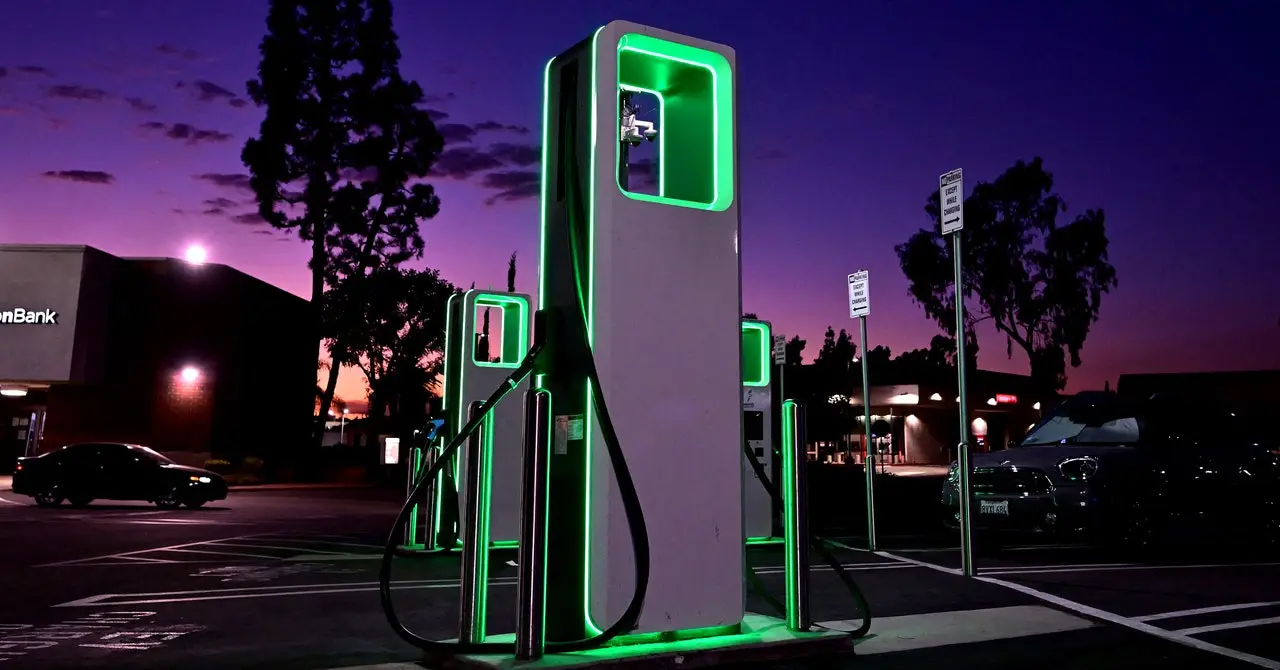IMO the simplest answer is L2 charging everywhere, DCFC on highways, both with reliable uptime and repair windows.
If one could charge at home, work, the grocery store, the bank, the mall, the theater or everywhere else they might run an errand from time to time, the chargers don’t need to be that fast or expensive, EV batteries don’t need to be as big, and L2 chargers are a fraction of the installation and upkeep cost of DCFC with minimal wear on battery life. This also means EVs could be lighter and cheaper with smaller batteries.
DCFC makes sense every 50 miles or so on freeways to more than cover anyone looking to road trip.
Ubiquity and SLA’s are the two biggest areas functionally holding back our infrastructure.
It annoys me to no end when you see a mall advertising EV charging and it’s like 2 plugs that work maybe half the year for their parking lot with like 1k spaces.
The problem isn’t range or speeds. It’s availability and reliability. That’s it. Not all chargers need to be DCFC, we just need more of them with reliable uptime
Source: EV driving apartment-dweller who’s never been able to enjoy charging at home and lives this daily.
Okay dad, just tell us the punchline.
Currently there are nearly 190k charging ports (public + private) and nearly 70k charging stations
If we replace all gas cars with electric, we would need about 850k more charging stations.
Currently, there are 240 more charging stations planned.
They also say many existing charging stations are poorly maintained and/or don’t work.
They alsoalso say 20% of Americans report that they don’t have access to consistent off street chargers for night time charging, and I am fairly confident that number is a huge underestimate.
A huge number of people live in apartments that have none, or at best a small percentage of parking stalls that are or can be set up to support EVs.
I feel that that number must only be sampling current actual EV owners (ie, basically the double or above median area income, environmentally conscious, well to do urbanite/suburbanite crowd) and not people generally, and 20% of current EV owners do not have the ability to charge overnight.
Go on zillow and look up how many apartments in any US city you can afford on the median wage of an area that support EV in their parking lot/garage.
Ok, now in for those you’ve found, every apartment complex like that I have ever heard of of seen offers maybe 5, 10 percent of their parking stalls as EV capable.
If everyone could plug in at home it wouldn’t need that many.
To be on the road and then plug in is inconvenient no matter how many stations there are, plugging in over night or during lunch, thats the way
I’m kinda surprised the article doesn’t mention IONNA. I mean there’s not a lot of meat there, but 7 major auto makers are planning a pretty significant increase to these stations (30k, and they’re already starting in 2024). They’re supposed to be pretty nice, with access to food, restrooms, etc. similar to a normal gas station.
I’m smack dab in the middle of the Bible Belt in the US, where EVs are evil, but I rented an Ioniq 5 to test it out. Charging stations were by far the most anxiety-inducing part of the experience.



